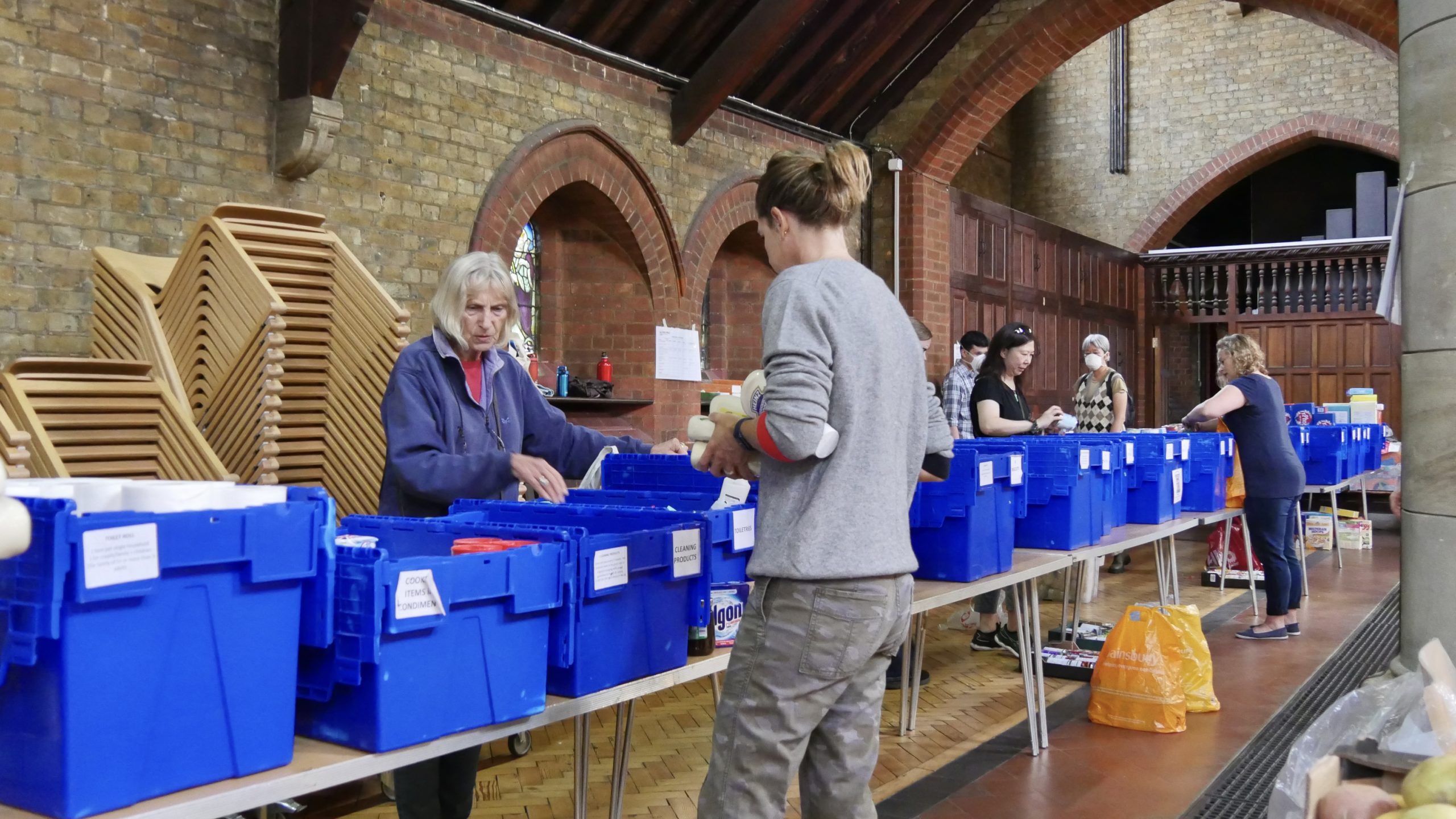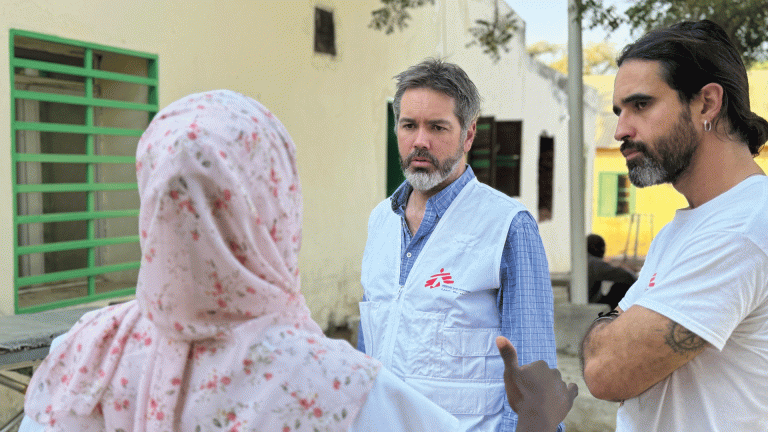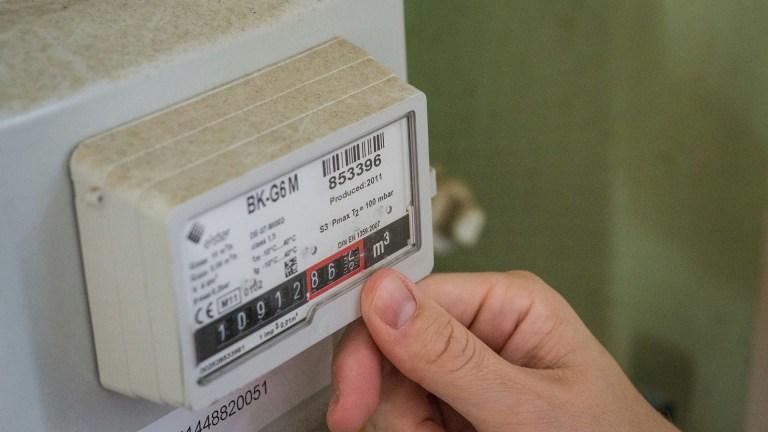Read more:
Here’s everything you need to know about volunteering at a food bank – including where to find opportunities near you, how old you have to be, and other ways to help in the cost of living crisis.
How do I volunteer at a food bank?
An easy way of finding volunteering opportunities is by using Trussell’s online tool. The charity supports a network of more than 1,400 food banks across the country, run by more than 36,000 volunteers.
If you want to volunteer with Trussell, all you need to do is type in your postcode. If there aren’t any results in your immediate area, you could consider extending the search area if you are able to support a little bit further away. But remember that not every food bank will have a need for volunteers in the immediate future – many are inundated over the festive period, then struggle for volunteers the rest of the year.
There are also more than 1,000 independent food banks in the UK. You can find many of them on the Independent Food Aid Network’s map. The best way to find out if your local food bank is looking for volunteers is to check out their website or social media pages.
Food banks often use social media to call for volunteers to sign up. Check out their Facebook pages, Instagram and Twitter accounts to see if your local centre has any information about becoming a volunteer.
Advertising helps fund Big Issue’s mission to end poverty
Most food banks will have a volunteer coordinator who can guide you through the application process. Some might have specific times when they need help, such as during distribution days or when sorting donations. Be prepared to fill out an application form and, in some cases, you might need to provide references or undergo a background check, especially if the role involves interacting with vulnerable people.
If you’re still struggling to find out how to become a volunteer, it’s worth getting in touch directly either by email or over the phone to see how you can help. If staff aren’t looking for any more volunteers at this time, they might be able to signpost you to other charities that do need your help.
What does a foodbank volunteer do?
Food bank volunteers are the backbone of food aid projects, and the roles they fill are as diverse as the people they help. Depending on the size and structure of the food bank, you might find yourself doing a variety of tasks that all contribute to vital support for your community.
Sorting donations is one of the most common roles for food bank volunteers. This involves receiving and inspecting food donations, checking expiration dates, making sure items are in good condition and organising them into categories like dry goods, tinned foods and toiletries.
Once donations are sorted, the next step is packing food parcels for distribution. These parcels are carefully tailored to meet the specific needs of the community as well as ensuring that people and families get a balanced mix of essentials to tide them over for a few days.
Another important role is welcoming people and distributing food. As a volunteer, you might help welcome visitors, verify their referrals and help direct them to further support.
Advertising helps fund Big Issue’s mission to end poverty
Volunteers often spend time helping keep shelves stocked and organised, which is vital for efficiency during busy periods. This might involve moving boxes, restocking items, and keeping everything tidy and safe. Behind the scenes, administration and coordination are just as crucial. Volunteers sometimes help to manage paperwork, schedule other volunteers, update databases, or pitch in with fundraising and community outreach efforts.
In some cases, food banks signpost people to other support – that might include Jobcentres, debt advice, or help with housing.
How old do I have to be to volunteer at a food bank?
It really depends on the place – each is managed in a different way and will have its own rules. Some will accept volunteers who are younger, but many food banks only accept volunteers who are over 18.
If you’re not sure if you are – or your child is – too young to volunteer, it’s worth getting in touch. There might be other ways you can help, like organising collections at your school or community centre.
If you’re a little too young and eager to get involved, don’t be discouraged! There are often ways to contribute that don’t involve being on-site. You could organise a food collection in your school or community, fundraise for your local food bank, or help raise awareness about the struggle faced by people forced to use food banks.
For older volunteers, there’s no upper age limit. Many food banks welcome retirees and older adults who have the time, experience and compassion to dedicate to this kind of work.
Advertising helps fund Big Issue’s mission to end poverty
How else can I help my local food bank?
If you don’t have the time to volunteer, donating is a great way to make a difference. Most food banks have lists on their website or social media pages with exactly what items they need – it’s important to keep to this list. They might be overwhelmed by donations of pasta, for example, but not have any tinned vegetables to give to guests.
Online tools like Bankuet and Foodbank App can be used to find your local food bank as well as discovering what resources they most urgently need.
Most supermarket chains have a food bank collection box in their bigger stores making it easy to donate while doing your weekly shop. All you have to do is pop the item in your trolley and drop it at the food donation points located past the checkouts.
See what it’s really like inside a food bank with our series Diary of a food bank manager
If you would rather give money, food banks usually accept cash donations too. Services like Trussell and IFAN accept donations online, either as a one-off or on a recurring basis.
Do you have a story to tell or opinions to share about this? Get in touch and tell us more.
Advertising helps fund Big Issue’s mission to end poverty
Change a vendor’s life this Christmas.
Buy from your local Big Issue vendor every week – or support online with a vendor support kit or a subscription – and help people work their way out of poverty with dignity.









